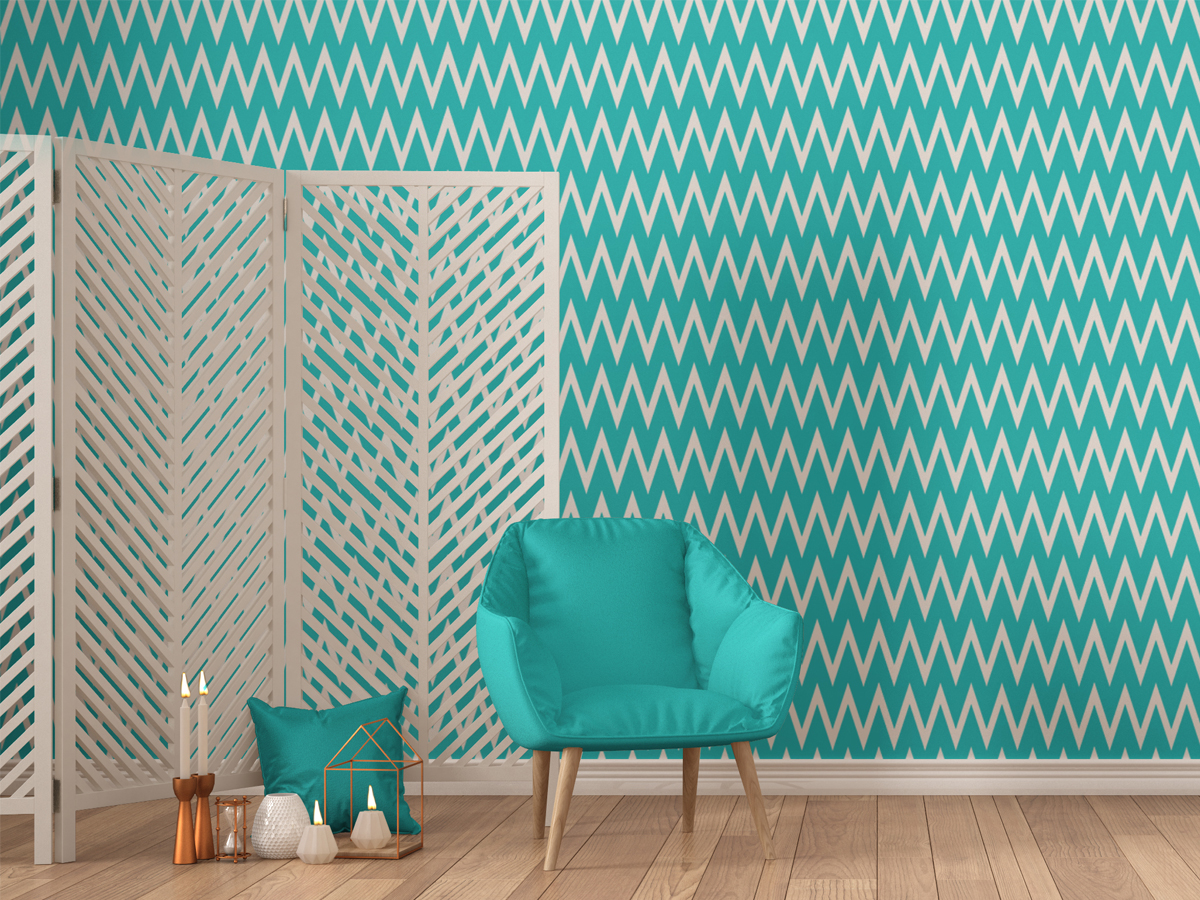- The 2010s inspired some poor design moments, including the overuse of mason jars as home decor.
- Chevron-patterned accessories and DIY chalkboard walls were popular throughout the 2010s, but the styles look dated today.
- Luckily, it seems as though trends like painted floors and nautical decor schemes will stay in the past.
- But unfortunately, some of the trends will likely stick around in the 2020s, according to design experts.
- Visit Insider’s homepage for more stories.
You could buy Lucite chairs from retailers like Target and Ikea throughout the decade.

The clear chairs were used everywhere, from dining rooms to vanities, and even home offices.
Shiplap was used for both walls and furniture in the 2010s.

Shiplap was big in 2016, according to House Beautiful. You could find it on walls, as well as furniture like bed frames or dressers.
The paneling made everything look beachy and a bit dated.
It seemed like you couldn’t go to any home without seeing something with the phrase “Live, Laugh, Love.”

Whether it was written on wall hangings, embroidered on pillows, or even engraved into doors, “Live, Laugh, Love” was a staple of suburban homes in the 2010s.
The phrase actually has some literary origins according to Refinery29, but today, it's viewed as a cheesy and overused idiom.
Accent walls had a big moment, but designers aren't crazy about them anymore.

Accent walls were seen as an easy way to brighten up any room, but it often makes home spaces look disjointed.
"What used to be known as a pop in a room now tends to make a space feel unfinished and underwhelming," the team from Transition State, a Los Angeles-based design label, said of accent walls.
And sometimes, people turned those accents into DIY chalkboard walls.

The chalkboard walls were likely viewed as a way to create a fun and interactive space, but the overall effect was too kitschy.
Chevron was one of the most popular prints in the 2010s.

Chevron was particularly popular among suburban populations, and you could see it in rugs, pillows, and linens.
Chevron also popped up in wallpaper, which made a comeback in the last few years of the decade.

Printed wallpaper had a renaissance in the 2010s, and stick-on versions of the wall decor made it an easy way to add color to a room.
However, many of the prints created an overwhelming effect.
It was trendy to paint your floors.

"I'm pretty sure that painted floors will not be returning," Ashley Quinn, the vice president of creative marketing at Interior Marketing Group, said of the trend's existence in the future.
People gravitated towards poufs as floor seating.

Floor poufs were big around 2012 according to Apartment Therapy, and they came back in style again in 2019.
But poufs had a dorm vibe about them, making a space look a bit immature.
All-white kitchens entered the design sphere in the 2010s, and it seems as though they're here to stay.

"The strongest trend of all that has stood the test of time is the white kitchen," Quinn told Insider of 2010s decor.
Although many like the trend, the dull color scheme is robbing homes of brightness. But Quinn predicts it will stick around, as it seems classic to people.
People started hanging vintage frames with nothing inside of them.

This trend was also popular when it came to weddings throughout the 2010s.
Sheepskin accessories became trendy towards the end of the decade.

Sheepskin was used for rugs, throw blankets, and even as a table runner, creating an over-the-top retro look.
People merged modernism and a rustic aesthetic with deer accessories.

The antler trend came towards the latter part of the decade, and today you can buy fake deer wall mounts at Target and faux antler chandeliers at Pottery Barn.
The trend seems like a way for designers to modernize old-fashioned taxidermy, but the look doesn't click.
Mason jars were all the rage as a home decor accessory in the last decade.

Mason jars went hand-in-hand with the farmhouse aesthetic that popped up in the 2010s, and though it was sometimes cute, using the jars as decor often looked cheap.
"We're ready to leave that behind," the Transition State team said of the trend.
People used Edison bulbs to establish an industrial vibe in their homes.

As modern design trends developed, many became interested in having an industrial aesthetic in their homes, which often looked cold and uninviting.
"This look is very cool and great for commercial spaces," Kathy Anderson, owner and founder of the luxury interior design firm Anderson Design Studio, said of using industrial materials like Edison bulbs.
Tufted headboards seemed elegant in the 2010s.

Upholstered and tufted headboards are becoming popular, as they can make a space look luxurious.
But the look seems more suited to a hotel than a domestic space, and it's so trendy that it will likely seem overdone soon.
People also really liked a nautical aesthetic in their homes.

A nautical vibe makes sense at a beach or lake house, but the look became commonplace outside of those locations during the 2010s.
The style didn't make sense, and it made a space feel disconnected from its surroundings.

